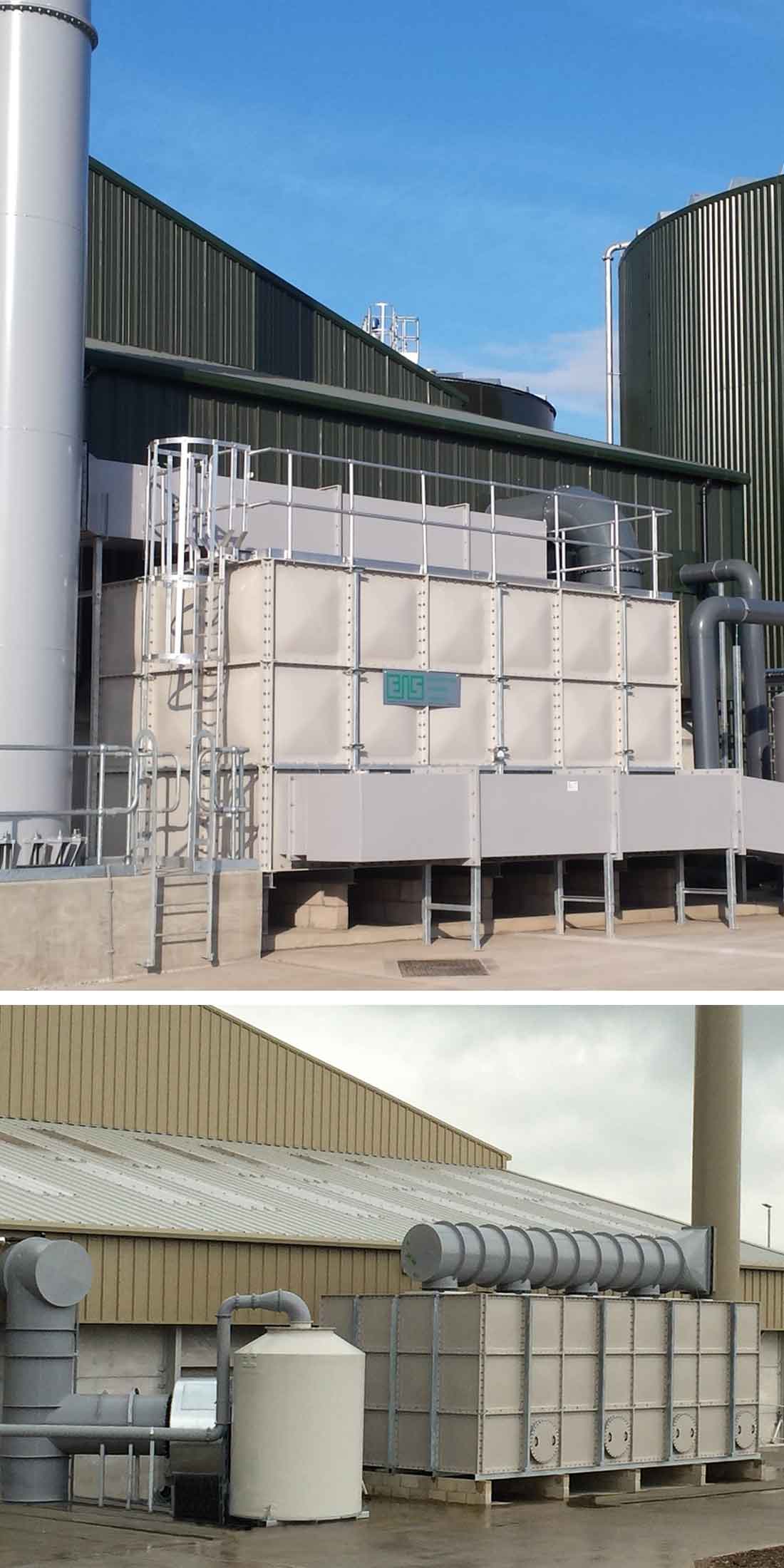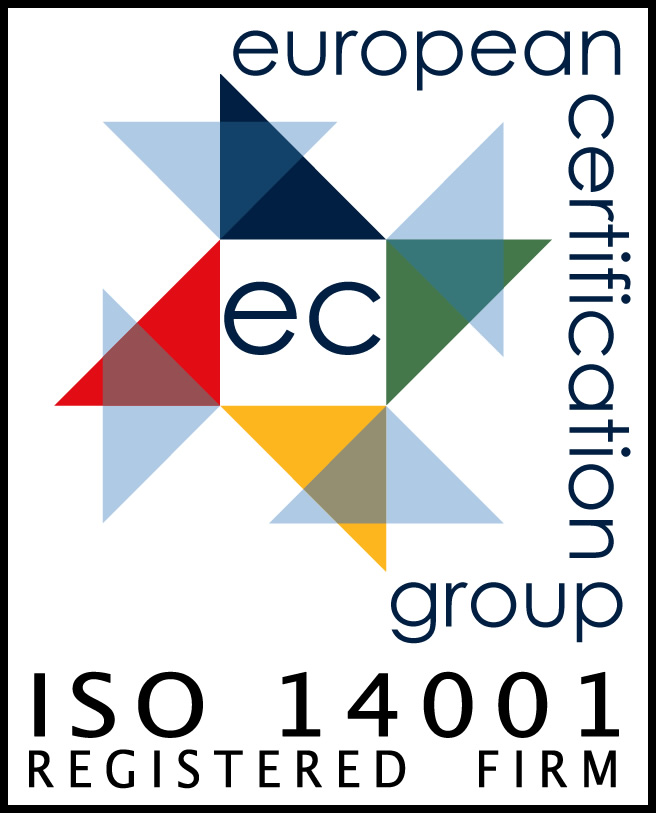
Adsorption Systems
CECO EIS offers several different types of adsorption system:
Sacrificial Adsorption Systems
Sacrificial adsorption systems are often used in the odor control of process streams with very low inlet concentrations and for toxic gas polishing.
Generally, these are fixed-bed systems that use activated carbon to remove the contaminant, although other materials are available for specialist applications. The contaminant is adsorbed onto the high surface within the material and adsorption continues until the carbon has been fully utilized, at which time it is replaced.
Activated carbon is a carbon that has been chemically, thermally (or both) treated to expose its inner pore structure. This yields the characteristic high surface area found in our carbon products which have surface areas that range from 800-1500 m2/g of material.
The adsorption process works by virtue of a combination of high surface area and electrostatic forces that capture the contaminant within the pore structure of the carbon. This process can be further enhanced by impregnating the surface of the carbon with selected reagents.
This technology offers a reliable and predictable high performance at a very cost-effective capital outlay.
In-Situ Regenerated Systems
If the contaminant level is sufficiently high to require a high carbon replacement rate, but is not sufficiently high enough to make other technologies cost-effective, then a regenerable system may be applicable.
Here the same adsorption principles apply but the carbon is periodically purged or "desorbed" of contaminants using pressurized steam. The resulting condensate can then be disposed of or sent for recycling.

Solvent Recovery
Where the solvents are not miscible with water, the solvent layer can be decanted off and recovered to a high purity.
Concentrator Systems
The adsorption process is also used in rotary concentrators and these are described in another part of this website.


